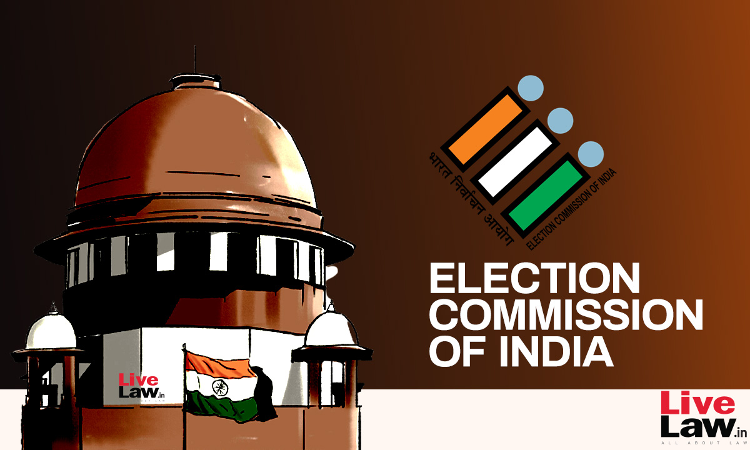The Election Commission of India has told the Supreme Court that no mismatch has been detected ever between the votes counted in the Electronic Voting Machines and the Voter Verifiable Paper Audit Trail slips (VVPATs).The ECI said that it has matched the EVM votes with more than 4 crore VVPAT slips and no instance of mismatch has been found so far. The ECI stated this in the written...

